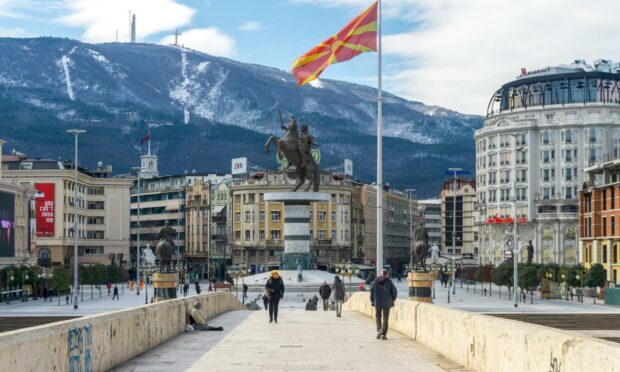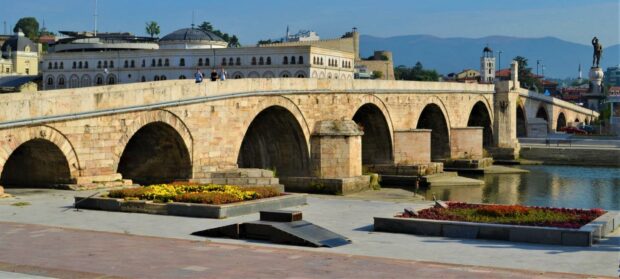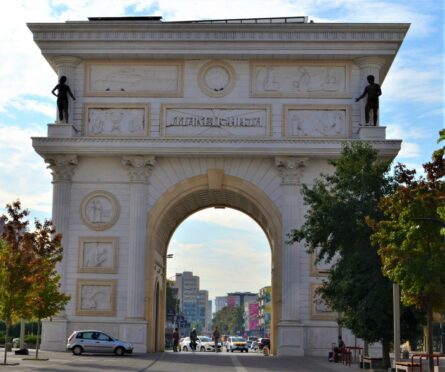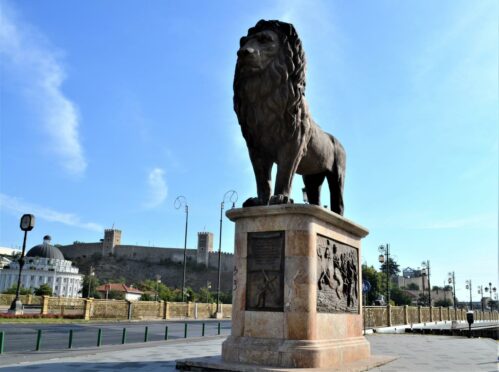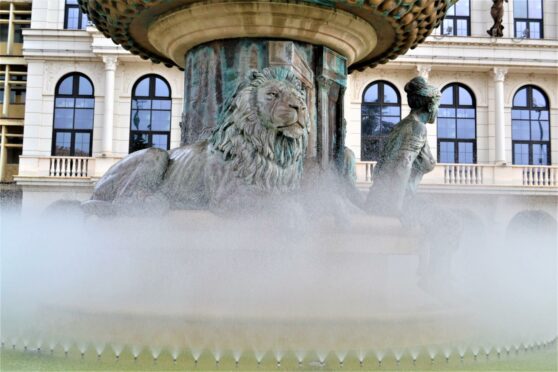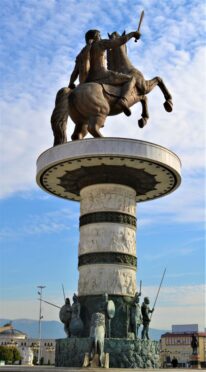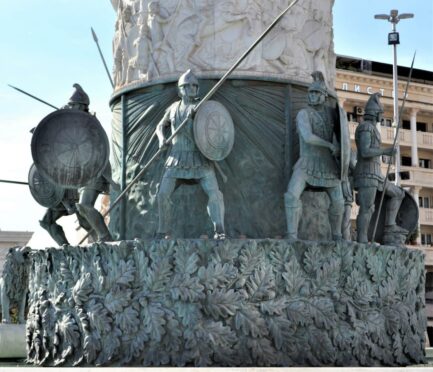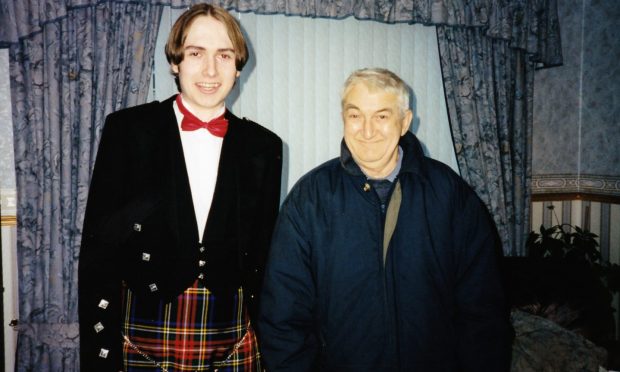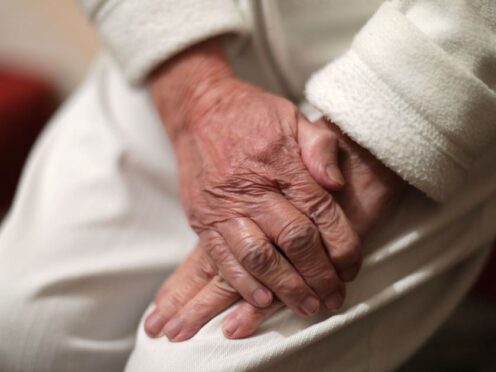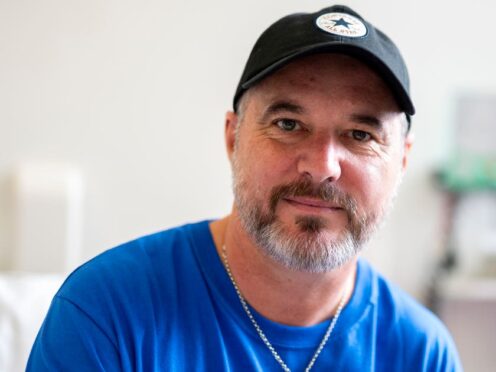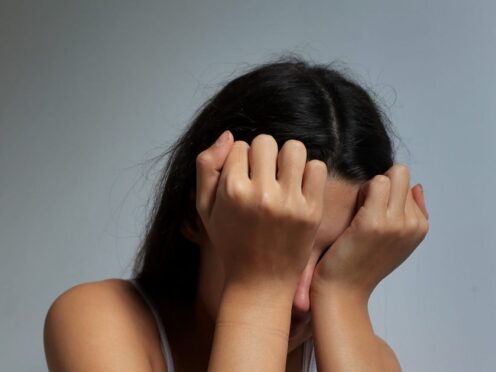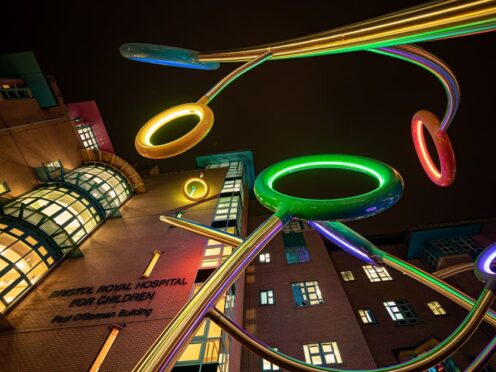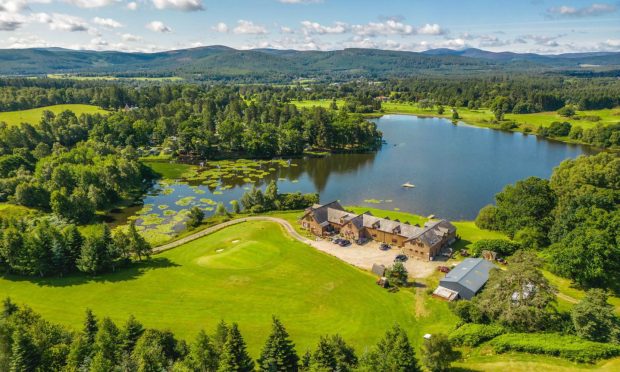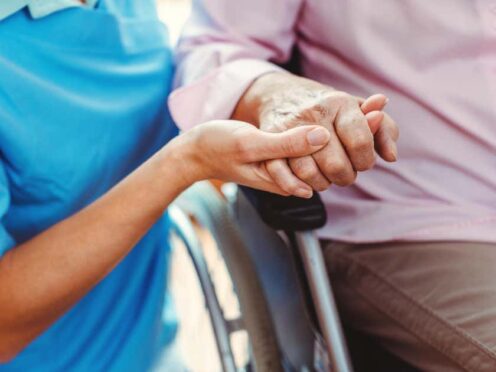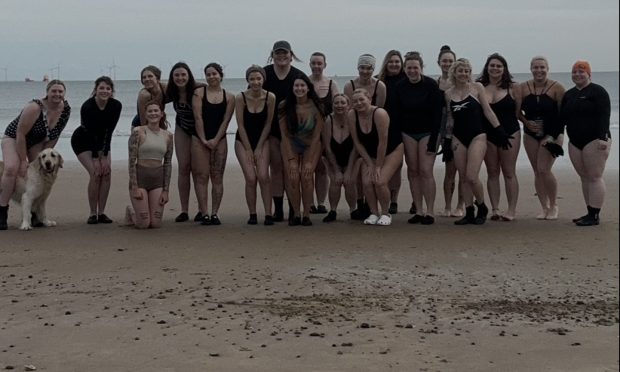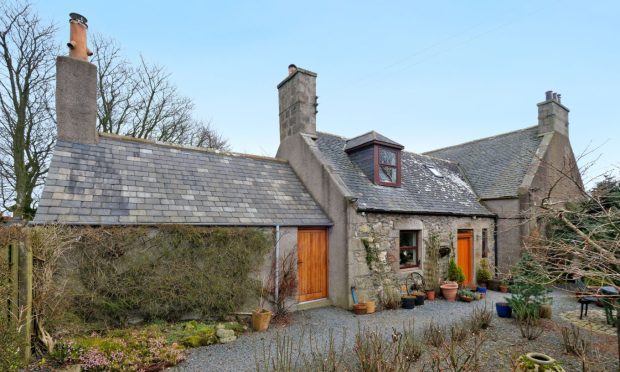After Kosovo, I was now based down south in Skopje, the capital of Macedonia.
With a population of around half a million, this city is home to not just Macedonians, but Albanians, Turks, Serbs, Bosnians and Roma.
Macedonia may be a poor country today, but the history down here is nothing short of remarkable. Entire books have been written on it, but here’s the gist of it.
Under Ottoman rule for five centuries, that all ended in 1913, and historic Macedonia was then carved up between Serbia, Bulgaria and Greece. At the end of the First World War, Macedonia became part of Serbia again. The Kingdom of Serbs, Croats and Slovenes was formed, and later in 1929 was named Yugoslavia.
After the Second World War, Yugoslavia became a socialist federation of six republics including Macedonia. In the 1980s, just as the USSR was starting to experience dissent, so it was with Yugoslavia.
While Macedonia may well have once been part of Yugoslavia, and thus experienced the Balkan wars, compared to Kosovo, it really is another world. Sure, there will be scars under the surface, but on the face of it, as you can see from my photos, it’s a million miles from Pristina or divided Mitrovica, which also were once part of Yugoslavia.
In fact, all six old republics that once made up Yugoslavia, ie Serbia, Croatia, Bosnia, Slovenia, Macedonia and Montenegro, are all so different. I’ve been in them all, and in many ways they are poles apart in character, traditions and general feeling.
I’m surprised that Belgrade held them together for so long. Again, much like Moscow, and the vast swathes of land and 15 republics that once was the USSR.
Macedonia gained its independence in 1991, and for many years was known by the strange acronym FYRM. The Former Yugoslav Republic of Macedonia. Not exactly catchy, is it? I remember in the ’90s every time I saw the name FYRM and thinking what and where is that?
Now that brings me on to the recent name change. It’s complicated so I’ll try to sum it up. Macedonia’s neighbour Greece, which had long voiced objections to the name Macedonia due to Greece itself having a region if its country called Macedonia, somewhat held the Macedonians back from joining the international community. In 2008, due to ongoing name arguments, Greece blocked Macedonia joining NATO. In 2011, the International Court of Justice ruled that Greece was wrong to block them due a name argument.
Fast forward to 2018. Compromises were made, and a referendum was held in Macedonia to change the name of the country to North Macedonia, which would appease the Greeks.
The Macedonians, mostly bitterly against the new name, boycotted the referendum. The turnout was so low that the result was declared invalid. But that did not stop the government from pressing ahead, much to the annoyance of its people.
Finally, in February 2019, the name change came into force after being ratified by both the Macedonian and Greek parliaments. This also paved the way for Greece to stop blocking Macedonia’s desire of joining NATO and the EU.
So, there we have it, the official name is now North Macedonia. But I’m told when on the street chatting with locals, to never refer to it as that. It seems no one likes this new name, and to locals, it will always be Macedonia.
Day after day, I just walked and walked, all over Skopje. How to sum it up? It’s a contradictory mix of lively, buzzing, quiet, polluted, authentic, noisy, laid back, and jam-packed stuffed full of old-world charm.
I stopped off at delightful side street cafes and enjoyed not only a strong Turkish-style cuppa, but also to escape the heat which was 30 degrees every day.
My one major gripe about Skopje? The pollution. The main roads are busy, lots of buses, trucks and cars, many of which are old and belch out toxic fumes. I wore my bandana, tightly round my face as I crossed major roads and waited in the middle for the green man. You can see the pollution, feel it, smell it, taste it.
Of course, it has to be said that this is not a problem just in Skopje but sadly the world over.
All that said, Skopje has large green areas, one very close to where my apartment was, so there is an escape and fresh air. Also, away from the main roads and into little side streets, it’s absolutely fine. Gaza City this is not. That has to be most lung-choking place on Earth I have ever been.
With people having lived here for thousands of years even BC, there’s Roman, Byzantine, Ottoman and even communist history all around. Orthodox churches are everywhere, and of course due to centuries of Ottoman rule, mosques and Islamic architecture abound.
Skopje is even the birth place of Mother Teresa of Calcutta. Contrary to what many think, she was not born or from India. But more, much much more, about this controversial lady in the coming weeks…
Skopje’s Central Square is an absolute must see.
See my photo of Alexander the Great on his horse, which is the absolute centrepiece of the centre of Skopje. To get an idea of how big it is, I’d like to point out two things. Look at the bottom right of it and you’ll see a fully grown man dressed in black. Look how small he is.
Secondly, look at the soldiers around the base of the statue. They look small right? Then take a look at the next photo of them close up.
Utterly impressive up close and in the flesh. I doubt my photo, or any photos, will do it justice. In fact, the entire area is stunning and brimming full of photo opportunities. It’s dripping in history. It’s actually too much. There was simply too much awe not just for one column, but for me when walking around. It was overload.
No wonder Skopje is known as the “city of statues”.
I never have enough column space, especially with so many wonderful photos to showcase. I therefore decided I simply couldn’t do Skopje justice with one column.
Time to explore its back alleys and old town.
